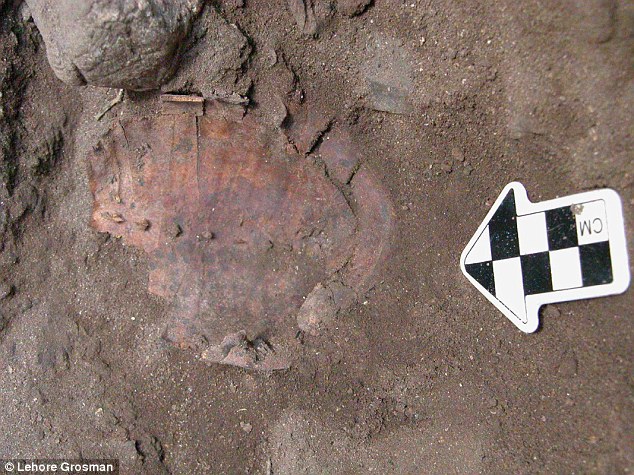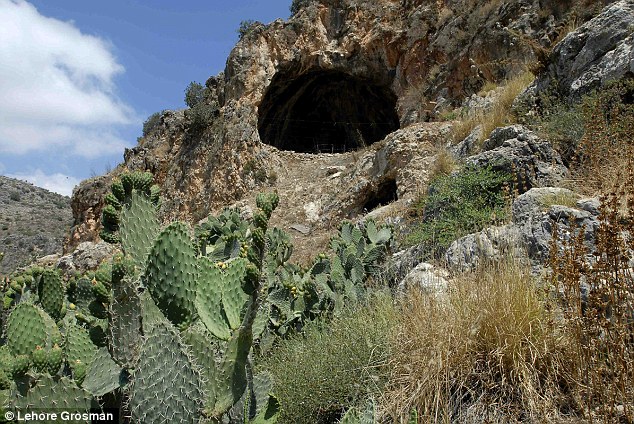Buried in a cave in Northern Israel, a shaman who died 12,000 years ago was uncovered in 2005. The shaman, although she had a prestigious role in her society, was a small woman, measuring only 4 feet 9 inches tall, and was only about forty-five years old at the time of her death.

The team that is excavating the tomb is from the Hebrew University of Jerusalem and led by Leore Grosman, who is a professor at the Institute of Archeology in the university. According to Grosman, the shaman was buried in a complex ritual that was appropriate for her position in society.
The shaman’s people were called the Natufians. This group lived in the eastern Mediterranean Levant area from 12,500 to 9,500 BC. They were a hunter-gatherer society—they hunted gazelles, deer, cattle, horses, wild boars, and sea creatures, as well as foraging for cereals, wheat, barley, and almonds. The Natufians lived in large communities in villages of stone houses for the majority of the year. They are one of the earliest settlements to have buried their dead in graveyards — it is widely believed that it was at this point that humans began to build a society based on spiritual hierarchy. “Ritual practice plays crucial social roles in human societies by communicating information about social status, calming tensions, and integrating communities,” Grosman explained.
During the shaman’s life (and for her funeral, obviously), extravagant funerals were apparently not uncommon for prestigious people. Her funeral was conducted in six parts, as the team detailed in the study published in Current Anthropology. The first step that the funeral attendants completed would be to mark an oval shape on the cave floor and then break the floor, which was bedrock, with sharp objects. Next, the walls and floor of the pit would be covered with layers of mud, limestone, and other materials. The third step would be to line the pit with limestone blocks, shells, and gazelle horns, and then cover everything with a layer of ash.

The fourth step involves the body of the deceased: the funeral goers would arrange the corpse in a squatting position with tortoise shells supporting the head and pelvis. More limestone blocks and shells were placed on top of the body. The next, the fifth, step saw the living sitting down to a hearty meal: for this shaman, the meal consisted of eighty-six tortoises, which is about to fifty-five pounds of meat. The remains of the meal would be placed on top of the corpse. The final step would be rolled across the entrance of the grave.
The burial would not have been a clean affair. As is evidenced from the explanation of the funeral above, it was a hands-on operation. “A vast effort was made to bring materials to the grave. There was a complex ritual based on protocol, which is not a trivial matter,” Grosman said.
The team excavating the shaman’s tomb uncovered marten skulls, a wild cow tail, a boar foreleg, a leopard pelvis, an eagle’s wing, and even a human foot. The presence of these particular artifacts, says archeologists, prove that people believed this shaman could talk to animal spirits.
The shaman held a high position in society, but despite this, she did not have her own grave. In fact, she shared her tomb with twenty-eight other people—all of whom are from the later Natufian period (15,000 to 11,500 BC). Nevertheless, her pit was separated by a stone divider and the objects in her grave were clearly arranged with care.
Although her society did not last, her people had an impact on future generations. For example, the direct descendants of the Natufians emerged later as the earliest farmers on the planet.
